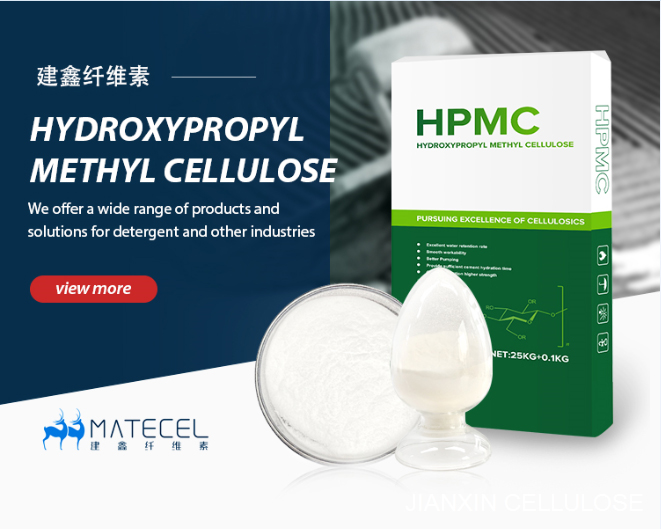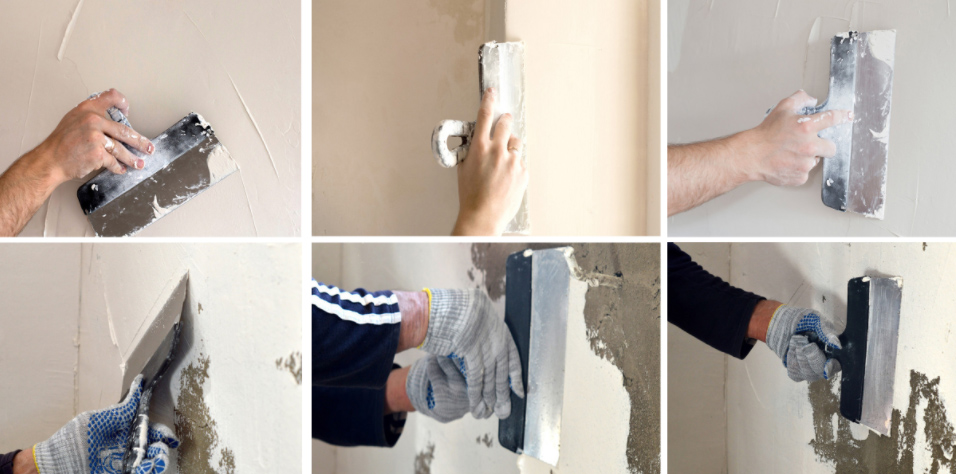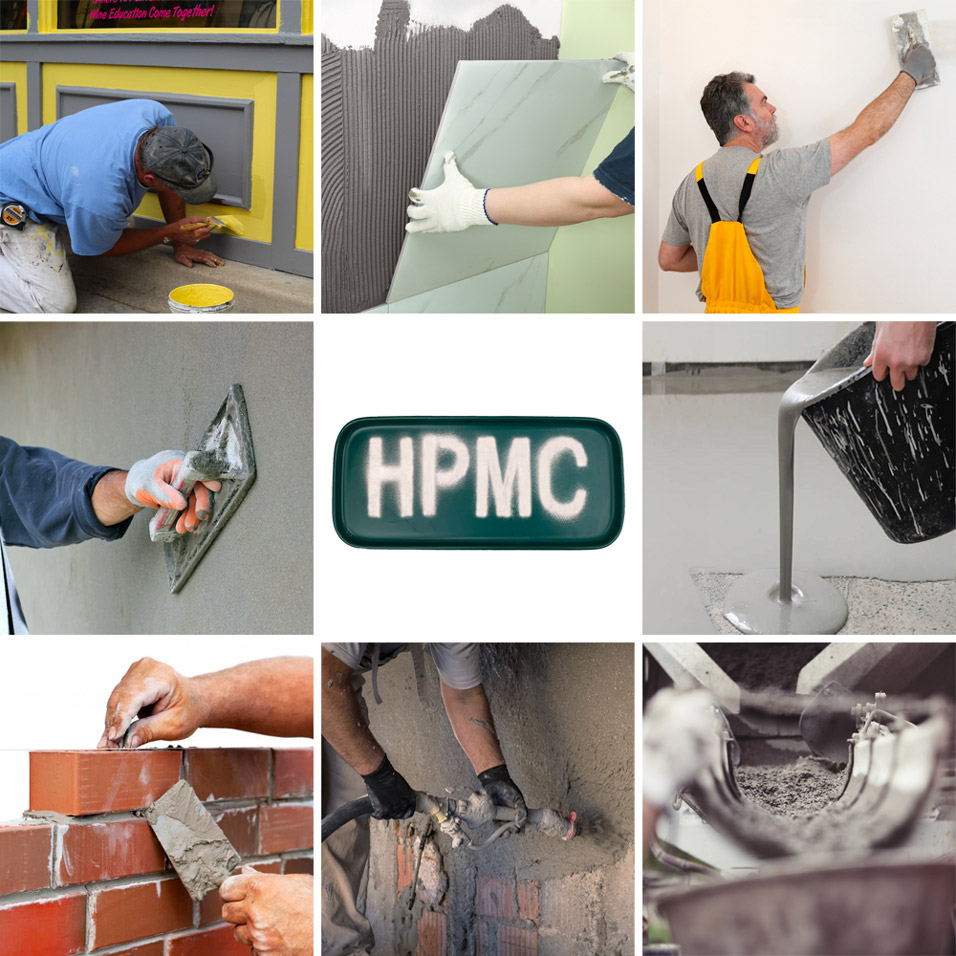Jun. 28, 2022
MATECEL HPMC can be tailored to the viscosity and gel time required to improve the quality of your product. Increase the viscosity of the product system to achieve the desired physical properties, change the product flow to achieve the desired appearance, increase product solids content to reduce material cost, and prevent paint sagging and ensure mechanical properties and stability.

How many types of HPMC are there?
HPMC can be divided into quick-soluble type and hot-soluble type.
The instant soluble type disperses rapidly in cold water and disappears in water. At this time, the liquid has no viscosity, because HPMC is only dispersed in water, not really dissolved. After about 2 minutes, the viscosity of the liquid gradually increases and forms a transparent viscous gel. It can be used in a wide range of applications, including putty powders and mortars, as well as liquid glues and coatings.
Heat-soluble type, in the case of cold water, can be quickly dispersed in hot water and disappears in hot water. When the temperature drops to a certain temperature, it gradually appears viscous until it forms a transparent sticky colloid. Hot soluble type can only be used in putty powder and mortar. In liquid glues and paints it will appear caking and cannot be used.
What is the content of HPMC in putty powder?
The amount of HPMC used in practice varies depending on the climate, temperature, quality of the local calcium ash, formulation of the putty powder, "quality required by the customer". Generally speaking, it is between 4 kg and 5 kg.

What is the viscosity of HPMC?
Generally 100,000 for wall putty powder and 150,000 for mortar with higher requirements. Moreover, the most important role of HPMC is to retain water, followed by thickening.
In putty powder, as long as the water retention is good and the viscosity is low (70,000-80,000), it is also possible. Of course, the higher the viscosity, the better the relative water retention. When viscosity exceeds 100,000, viscosity has an effect on water retention. It is not too great.
What are the causes of putty powder blistering?
In putty powder, HPMC plays the role of thickening and water retention in the construction. It should not be involved in any reaction.
The reason for foaming may be too much water. Or, if the base layer is not dry and people scrape a new layer of putty on top, it also tends to foam.
What is the relationship between the viscosity of HPMC and temperature?
The viscosity of HPMC is inversely proportional to the temperature, i.e. the viscosity increases as the temperature decreases. The viscosity of the product we usually refer to is the result of a 2% aqueous solution at a temperature of 20 degrees Celsius.
In practical application, in areas with large temperature difference between winter and summer, it should be noted that it is recommended to use lower viscosity in winter, which is more conducive to construction. Otherwise, when the temperature is low, the viscosity of cellulose will increase and the hand feeling will be heavy when scraping.

What is the function of HPMC in the construction industry?
Water Retention: HPMC has excellent water retention properties, which help to prevent premature drying of cementitious materials such as mortar or grout. This allows for improved hydration of cement, leading to enhanced strength development and reduced shrinkage.
Workability: HPMC acts as a rheology modifier, improving the workability and consistency of construction materials. It provides better flowability, increased open time, and improved sag resistance, making it easier to apply and work with cement-based products.
Bonding Strength: HPMC enhances the adhesion properties of construction materials. It forms a protective film on the surface of substrates, improving the bonding strength between different layers of materials, such as tiles and substrates or renders and masonry.
Improved Cohesion: HPMC improves the cohesion of mortar or concrete mixtures, making them more robust and durable. It helps to reduce segregation and bleeding, resulting in a more homogeneous and uniform mixture.
Crack Resistance: By enhancing the elasticity and flexibility of construction materials, HPMC helps to reduce the occurrence of cracks. It improves the tensile and flexural strength of cementitious materials, making them more resistant to cracking under stress or temperature changes.
Chemical Resistance: HPMC exhibits good resistance to alkalis and acids, making it suitable for various construction applications, including tile adhesives, renders, and self-leveling compounds. It enhances the durability and longevity of the constructed elements.
Environmentally Friendly: HPMC is a non-toxic and environmentally friendly additive. It is derived from renewable plant-based sources, such as wood pulp or cotton, and it does not release harmful substances during or after construction.
Versatility: HPMC is a versatile additive that can be used in a wide range of construction materials, including mortars, grouts, adhesives, renders, and self-leveling compounds. It can be tailored to specific requirements by adjusting the dosage and grade of HPMC used.
Shijiazhuang Henggu Jianxin Cellulose Co., Ltd.
Chemical Industrial Park, Xinji City, Hebei Province, China Post Code: 052360
Copyright 2023 Shijiazhuang Henggu Jianxin Cellulose Co., Ltd. All Rights Reserved